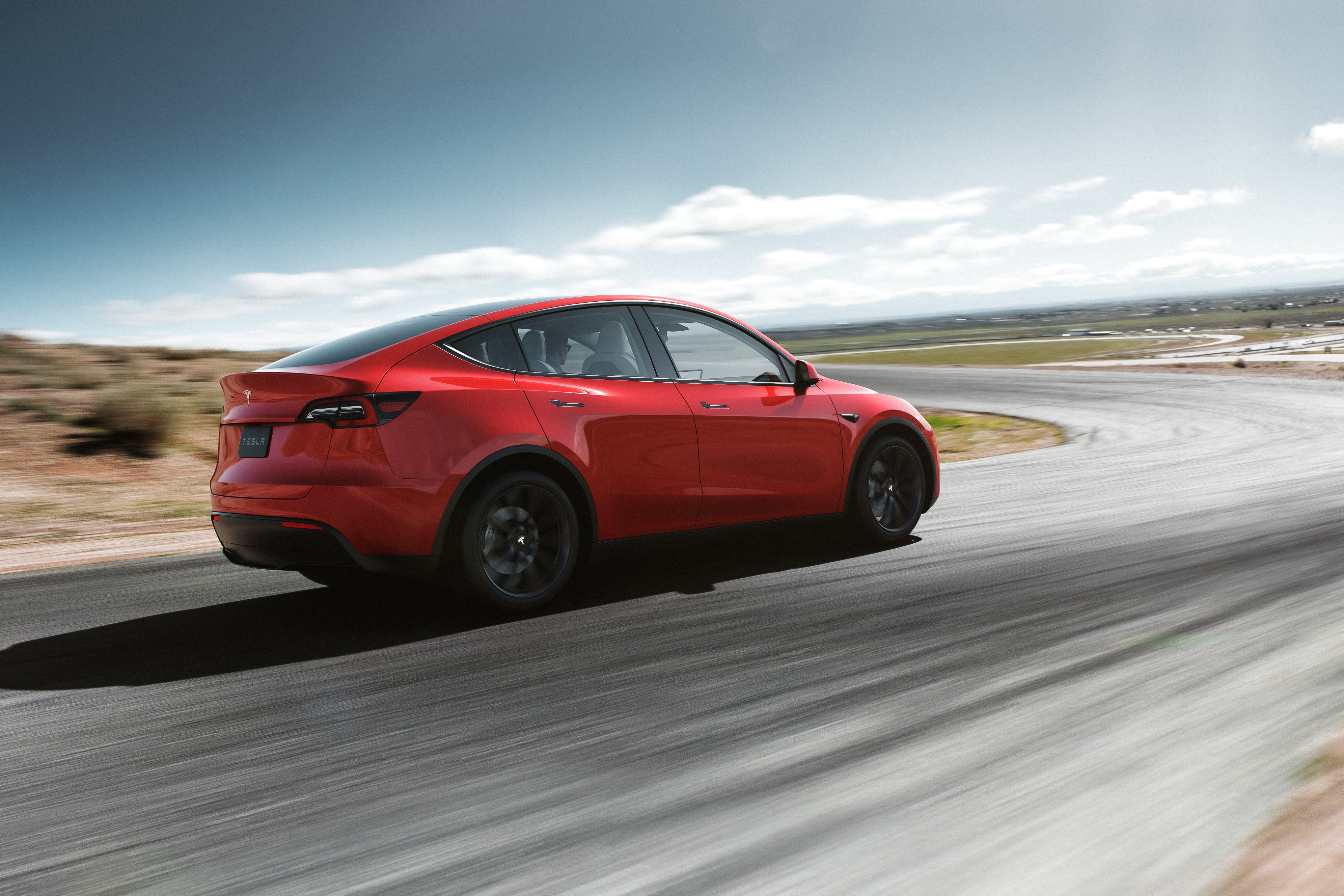Want more range on your Tesla Model Y? You might have to pay extra to unlock it
The road to more EV subscriptions?

Tesla CEO Elon Musk sparked debate this week when he took to X (formerly Twitter) to reveal that any Model Y built over the "past several months" is capable of an electric range in excess of the stated 260 miles, but unlocking this could come at a cost.
"The "260 mile" range Model Y's built over the past several months actually have more range that can be unlocked for $1,500 to $2,000 (gains 40 to 60 miles of range), depending on which battery cells you have," Musk posted.
That's an equivalent of around £1,195 or AUS$2,270, although the upgrade hasn't been confirmed for any other markets.
In fact, Musk added "working through regulatory approvals to enable this," to caveat the fact that the possibility of a one-time-purchase to unlock the full potential of the onboard battery packs has yet to be officially signed off.
The Model Y Musk refers to has actually now been phased out, with a 320-mile version replacing it, which came with a $2,000 price hike but offered around 60 additional miles between Supercharger stops for the money.
But Musk’s social media post suggests that customers of the older Model Y will be able to experience similar range estimates, so long as they are prepared to pay for an over-the-air update.
Predictably, it has caused arguments among internet commentators and owners of the 260-mile Model Y, with some suggesting that offering additional range is a good thing, while others vehemently disagree.
Sign up for breaking news, reviews, opinion, top tech deals, and more.
"What gets at me is that if you aren't paying for the extended range, you are still lugging around all of that unusable capacity everywhere you go, and the weight associated with it. So you are paying for the downsides of the feature (increased weight and thus charging cost) without any of the upsides,” one comment on The Verge's website read in response to the story.
However, this isn’t the first time Tesla has employed this strategy, as owners of the updated Model S, released in 2016, could pay to unlock an additional 5kWh from the onboard battery packs. The fee back then was $3,250 (around £2,590 / AU$4,910).

Analysis: Paywalls proving tricky for automakers
You’ve probably heard the phrase "Software Defined Vehicle" (SDV) banded around a lot lately, as today’s automakers are desperately trying to turn modern cars – particularly electric vehicles – into rolling smartphones on wheels.
Part of the reason is more convenient servicing schedule reminders, the chance to update vehicle settings over-the-air, and delivering new infotainment features. But the other reason is to create a fresh flow of revenue from subscription-based services.
Both Mercedes-Benz and Polestar offered their EV customers the chance to unlock additional horsepower for a fee, while BMW famously decided to lock heated seat functionality behind a paywall, only to reverse the decision after customer backlash.
It’s a tricky line to toe, as most automotive customers are used to paying for the trim and specification level at point of sale, not digging deep later on to unlock features that the car in question is already capable of.
But producing just one variation on the production line is a far savvier business decision, as it saves time and additional expense, not to mention the fact that the big automotive players can ensure a regular revenue stream from users subscribing to higher levels of infotainment or increased power outputs.
Tesla has often been a trail-blazer in this respect and, by and large, its tech-savvy early adopters have embraced subscribing to things like Autopilot or Full Self-Driving technology. That’s not to say the remainder of the car-buying public will be so willing.
You might also like

Leon has been navigating a world where automotive and tech collide for almost 20 years, reporting on everything from in-car entertainment to robotised manufacturing plants. Currently, EVs are the focus of his attentions, but give it a few years and it will be electric vertical take-off and landing craft. Outside of work hours, he can be found tinkering with distinctly analogue motorcycles, because electric motors are no replacement for an old Honda inline four.